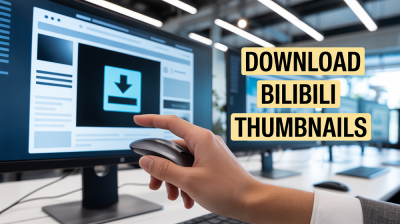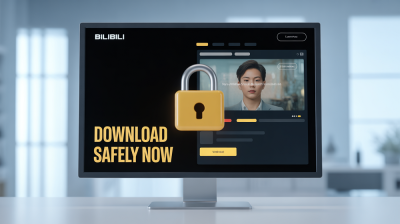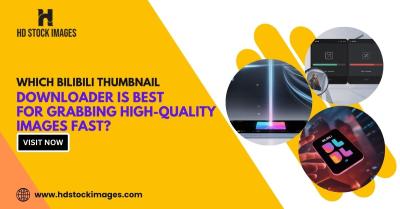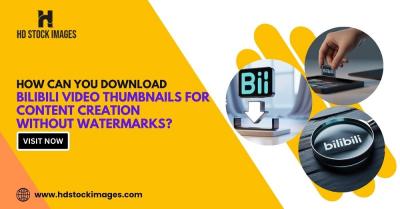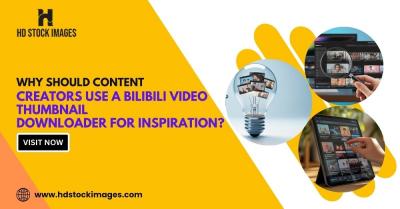YouTube has become a staple in our daily digital diets, offering a vast array of video content that keeps us entertained, informed, and connected. However, for many viewers, one aspect of the platform has become particularly frustrating: ads. For years, we had the option to skip ads after a few seconds, but that’s steadily changing. In this blog post, we’ll explore why skipping ads on YouTube is no longer as straightforward as it once was, delving into the intricacies of the platform's advertising model and what it means for users and content creators alike.
Understanding YouTube's Ad Model
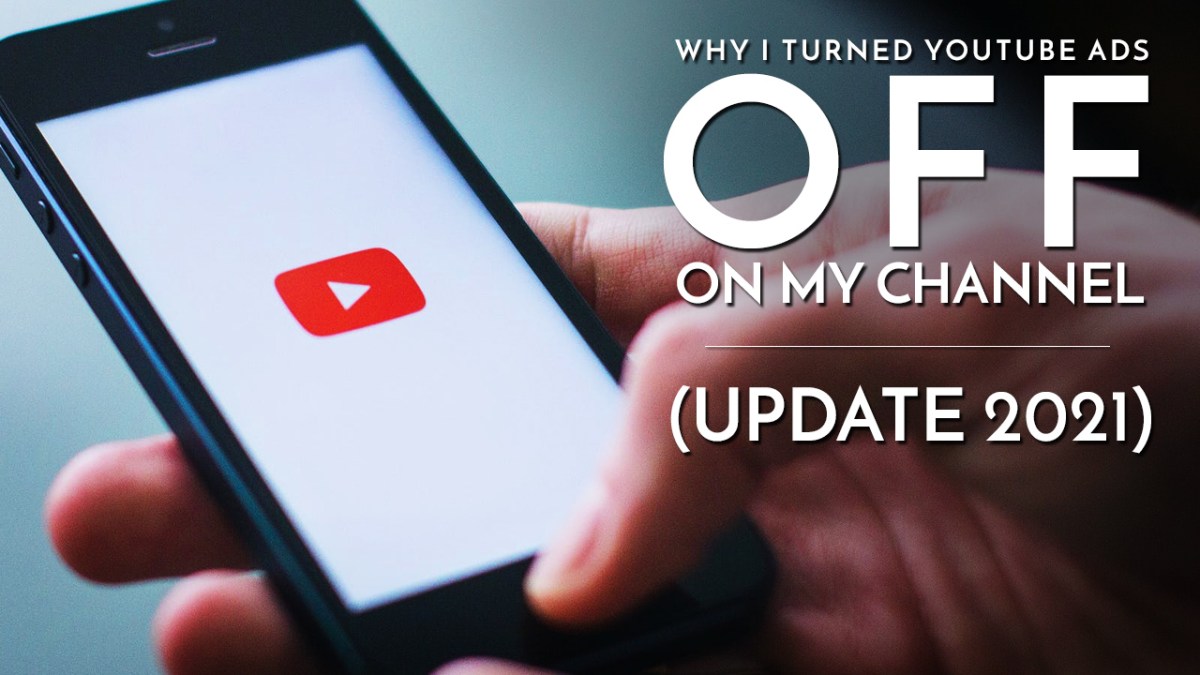
YouTube’s advertising model is a complex ecosystem designed to balance the needs of advertisers, creators, and viewers. Let’s break it down.
1. Types of Ads: YouTube employs various ad formats to maximize revenue. Here are some of the main types:
- Skippable Ads: These ads can be skipped after a few seconds, allowing users some control over their viewing experience.
- Non-skippable Ads: These ads force viewers to watch them in their entirety before the content begins, hence they have the viewer’s undivided attention.
- Bumper Ads: Short, non-skippable ads that last for just six seconds, designed to leave a quick impression.
- Overlay Ads: Semi-transparent ads that appear on the lower portion of the video, allowing viewers to continue watching while being exposed to the ad.
2. Revenue Generation: Advertisers spend considerable budgets on YouTube ads, motivated by the platform's extensive reach. This generates revenue not just for YouTube but also for content creators through the Partner Program.
3. Audience Engagement: YouTube has developed algorithms that monitor user behavior, tailoring ad experiences to optimize engagement. This means viewers are more likely to see ads that align with their interests, increasing the chances that they’ll watch longer, even if they're non-skippable.
In summary, YouTube's ad model is all about maximizing exposure and revenue while keeping the viewer engaged. As a result, the flexibility of skipping ads is becoming less common, reshaping our viewing habits on the platform.
Recent Changes in Ad Settings
Over the past few years, YouTube has made some notable adjustments to its ad settings, fundamentally altering how users experience advertisements on the platform. Once a haven for skipping ads with just a click, YouTube has rolled out features that make it increasingly difficult to bypass these promotional snippets. So, what changes have taken place?
- Increased Frequency of Non-Skippable Ads: YouTube has ramped up the number of non-skippable ads during video playback. Previously, a certain percentage of ads could be skipped after five seconds, but now many videos feature multiple non-skippable ads in succession, leading to extended viewing times.
- Introduction of Mid-Roll Ads: Content creators now have the option to insert ads mid-way through their videos, whether they are live streams or pre-recorded content. This strategy disrupts viewer engagement by strategically placing ads where attention is at its peak.
- Ad Personalization: YouTube's new algorithms are designed to tailor ads to individual users based on their viewing habits. This personalization increases user engagement as people are more likely to interact with ads relevant to their interests.
- Enhanced Ad Formats: The platform has introduced innovative ad formats, such as ‘bumper ads,’ which are six seconds long and unskippable, designed to leave a lasting impression in a short time.
With these changes, YouTube aims to maximize ad revenue while still trying to engage users, often making the experience less tolerable for those eager to avoid interruptions.
Impacts of New Advertising Strategies
The shift in advertising approaches on YouTube is not just a tactic for advertisers; it profoundly impacts users and content creators alike. As you might imagine, these new advertising strategies come with their own set of consequences.
| Impact | Description |
|---|---|
| User Frustration | Many users are expressing dissatisfaction due to the increase in ad duration and frequency, sometimes leading to decreased overall watch time on YouTube. |
| Creator Earnings | Content creators are benefiting from the ad revenue surge; however, they also face the challenge of maintaining viewer interest while promoting products. |
| Viewer Engagement | As ads become more targeted and engaging, viewers may find themselves more receptive to some ads, but this can lead to "ad fatigue" if they feel inundated. |
| Brand Loyalty | Brands leveraging YouTube ads are likely to build loyalty through repeated exposure, although too many ads may push some viewers away. |
In conclusion, while these new advertising strategies might be part of YouTube's plan to balance user experience with revenue generation, they can also lead to a precarious landscape for both users and content creators alike. Understanding these impacts helps users navigate the platform while highlighting the challenges creators face in maintaining their audiences amidst a barrage of advertisements.
User Reactions and Feedback
The shift from easily skipping ads on YouTube to a more controlled ad experience has certainly stirred up mixed reactions among users. For many, it feels like a frustrating change, diminishing the previously seamless experience of watching their favorite content without disruptions.
Many users have taken to social media platforms to express their views. Here's a glimpse into the typical sentiments:
- Frustration: Numerous viewers have voiced their irritation about being forced to watch ads in their entirety. They argue that this interrupts the flow of their viewing experience.
- Adaptation: Some users have accepted the change, adapting by finding other methods to avoid ads, such as subscribing to YouTube Premium.
- Curiosity about content: Interestingly, a fraction of users indicated a newfound interest in the ads themselves, as they felt less liberated to skip them. This has sometimes resulted in users looking up brands and products they wouldn't have otherwise encountered.
YouTube has actively sought user feedback through surveys and comment sections. They’ve recognized the importance of striking a balance between user enjoyment and the economic necessity of advertising revenue.
Overall, while some users are wrestling with the new ad experience, brands and marketers are finding it a more effective way to connect with audiences than ever before.
Potential Future Developments
As with any digital platform, change is a constant. YouTube has opportunities to innovate further in the advertising space, keeping user experience in mind while simultaneously addressing advertisers' needs. Here are some potential developments we might see in the future:
- More Personalized Ads: By leveraging advanced algorithms and AI, YouTube could offer more tailored ad experiences, serving ads that resonate better with users' interests and viewing habits. This could lead to enhanced engagement rates and reduced user frustration.
- Interactive Ads: Imagine ads that allow users to engage directly. Future developments may include more interactive elements, allowing viewers to interact with ads through polls, quizzes, or even short clips, thereby making the experience less intrusive.
- Enhanced Ad Control: YouTube might implement features that allow users to customize their ad experiences, perhaps allowing them to choose categories of ads they prefer or set limits on ad frequency.
- Ad-Free Content Options: If the backlash continues, YouTube may introduce new tiers of subscriptions that offer completely ad-free experiences, ensuring that users have choices on how they want to consume content.
The key takeaway is that while the current ad structure has sparked conversations, there’s much room for improvement. Adapting to user feedback will be vital as YouTube navigates its future in the dynamic digital landscape.
Why Is Skipping Ads on YouTube No Longer Possible?
YouTube has long been the preferred platform for video consumption, but recent changes in its ad policies have stirred discussions among users. While skipping ads was once a staple feature, YouTube has found ways to keep viewers engaged longer, significantly impacting the ad experience. Here are the primary reasons why skipping ads is no longer possible:
- Introduction of Non-Skippable Ads: YouTube has widened the use of non-skippable ads that last anywhere from 15 to 30 seconds, forcing viewers to watch the entire ad before they can access the content they want.
- Increased Use of Bumper Ads: These are short, non-skippable ads that last only 6 seconds, designed to capture attention quickly and effectively without allowing users to skip.
- Changes in Monetization Strategy: YouTube has made it a priority to boost revenue for creators, resulting in more ads being inserted into videos, often without skip options.
- Shift Towards Relevant Ads: With advancements in AI and machine learning, YouTube targets users with advertisements that match their viewing habits, making it more likely that viewers will be interested in the content they have to watch.
Here's a brief comparison of ad types on YouTube:
| Ad Type | Skippable | Duration |
|---|---|---|
| Standard Ads | Yes | 5 seconds min |
| Non-Skippable Ads | No | 15-30 seconds |
| Bumper Ads | No | 6 seconds |
In conclusion, the evolution of advertising on YouTube reflects broader trends in the digital landscape, prioritizing monetization and viewer engagement over user choice, thus making skipping ads increasingly rare.






